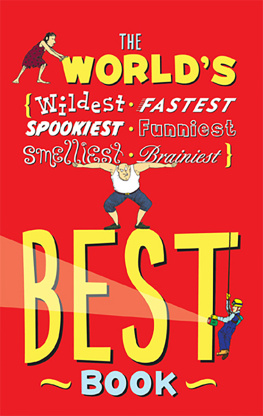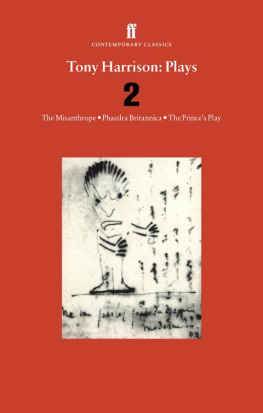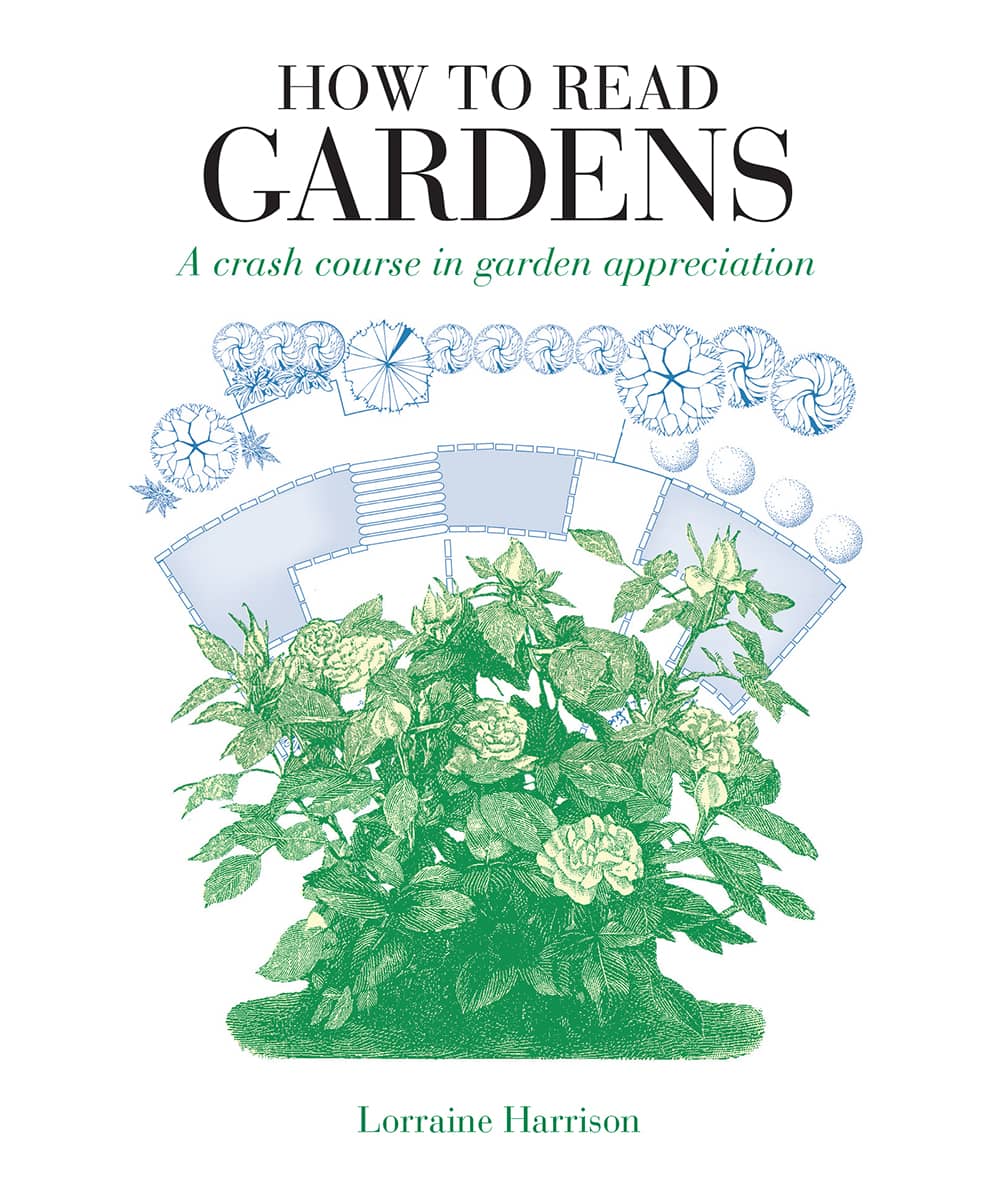HOW TO READ
GARDENS
A crash course in garden appreciation
Lorraine Harrison

This edition published in North America in 2018 by
Ivy Press
An imprint of The Quarto Group
The Old Brewery, 6 Blundell Street
London N7 9BH, United Kingdom
T (0)20 7700 6700 F (0)20 7700 8066
www.QuartoKnows.com

First published in the UK in 2010
2017 Quarto Publishing plc
All rights reserved. No part of this publication may be reproduced or transmitted in any form by any means, electronic or mechanical, including photocopying, recording, or by any information storage-and-retrieval system, without written permission from the copyright holder.
Cover images: Shutterstock/charobnica (top); Alamy/gameover (bottom).
Digital edition: 978-1-7824-0692-1
Softcover edition: 978-1-7824-0603-7
This book was conceived, designed and produced by
Ivy Press
58 West Street, Brighton BN1 2RA, UK
CREATIVE DIRECTOR Peter Bridgewater
PUBLISHER Jason Hook
EDITORIAL DIRECTOR Caroline Earle
ART DIRECTOR Michael Whitehead
PROJECT EDITOR Stephanie Evans
DESIGN JC Lanaway
ILLUSTRATIONS Coral Mula
PICTURE MANAGER Katie Greenwood
Foreword
I have been lucky enough to have grown up in a famous, much-visited garden but Sissinghurst remains very personal to me. Although I have known the garden all my life, I have not found a more beautiful place than the White Garden by moonlight. Since the age of six, when I was small enough to run my hand along the feathery tops of the box hedges, I have loved the smell, touch, sight and sheer sensibility of this enclosed space.
My grandparents joint horticultural achievement, with Harold Nicolson responsible for the layout, and Vita Sackville-West for the planting, has been an inspiration for gardeners all over the world. Sissinghurst is a place full of surprises, with its series of garden rooms, often devoted to a particular colour or a particular flowering season. The beauty of getting to know any garden is like re-reading a much-loved book. One looks forward to returning to familiar pages, and to lingering over well-loved passages as well as discovering new and different perspectives that have somehow never occurred to one before. So a book entitled How to Read Gardens is aptindeed, acting as a friendly personal guide to accompany visitors on a tour of any garden, historic or modern, public or private. The expert eye of its author shows garden lovers how to enhance their appreciation of a visit by reading the visual clues laid out before them.
My father always compared the flowering season at Sissinghurst to a five- act play, and there is a writing desk in the South Cottage at Sissinghurst that looks directly out onto the oranges, yellows and reds of the Cottage Garden, affording a front-row view of this annual drama as the evolving play is enacted through the window for the lucky occupant within. Beginning quietly in February when a few snowdrops push up out of the earth, this lovely garden drama slowly develops. The vivid green beauty of the spring is followed by the full rosy glory of high summer, and the play concludes with a final autumnal burst of colour before closing down to winter quietness once again.
JULIET NICOLSON, January 2010
Introduction
Garden visiting has never been so popular, but how many of us really understand what we are looking at when strolling through a beautiful garden? Is it an original landscape or a re-creation? Is the planting material authentic or composed of modern hybrids? Are the steps and terracing in the Italianate style or Arts and Crafts? And what is that apparent ruin spied through the trees?
The truth is that most gardens of any age are like a palimpsest: successive generations have changed, adapted and influenced the soft and hard fabric of the place over time. Inevitably many of the gardens we wander through today are an amalgam of changing fashions and social circumstance. Garden landscapes can record the rise and fall of a familys fortunes, record the human exploratory spirit through the introduction of foreign plant species, and display several lifetimes of endeavour in making a piece of land quite unique and personal.
Werribee Park, Melbourne, Australia
The ornamental parterre and manicured lawns were two European garden styles used to grace the grounds of the 19th-century mansion built outside Melbourne by Thomas and Andrew Chirnside.
How to Read Gardens is a crash course in garden visiting, rather than a chronological history of garden making. Used as a field guide it will help you to spot and identify historical influences, origins and styles as well as the odd flight of fancy. Photographs of gardens from many cultures and countries provide a taste of the wealth and variety of places to visit, while detailed illustrations show generic examples of features and details to look out for in individual gardens. This combination equips you with a visual language with which to interpret and understand the many disparate elements that make a garden.
The aim of the book is to provide you with the knowledge you need to tease out the clues that will tell the story of a gardens past. From the grandest estate to the smallest suburban patch, How to Read Gardens will enliven, inform and, most importantly, increase the pleasure of your every future garden visit.
Roses everywhere
Roses, whether hybrids grown for their glorious colour and long flowering or old-fashioned varieties for their intoxicating scent, continue to have an enduring appeal.
History of Garden Visiting
The 21st-century garden visitor is treading a well-worn route as this most enjoyable of activities has a long-established history. Louis XIII opened the gates of his Jardin Royal des Plantes Mdicinales in Paris (now the Jardin des Plantes) in 1640 and lemonade was sold to thirsty visitors. Numerous guides to the great Italian Renaissance gardens were published for the culture-hungry 18th-century Grand Tourists. In the same period respectable-looking strangers were freely admitted to the aristocratic homes of England. The household staff would then furnish them with an impromptu tour and potted history of house and garden.
Today the range of gardens open to the public varies from the grandest historical site, owned, managed and administered by teams of historical and horticultural experts, to a small private plot whose gardening-crazy owner generously throws open his or her gate for a few days a year in aid of a charitable cause. The range of visitors is almost as diverse as the gardens themselves and includes plant experts, architectural historians, dilettantes and casual strollers just as in the past.


















